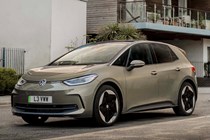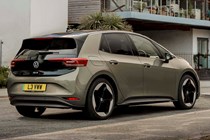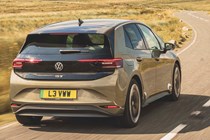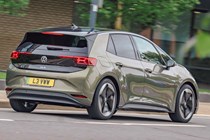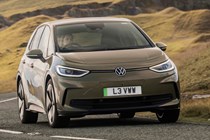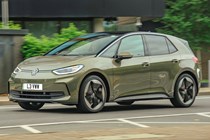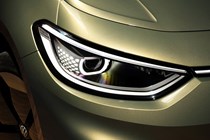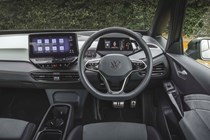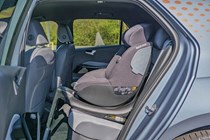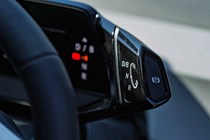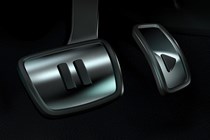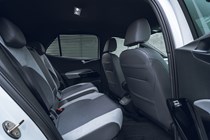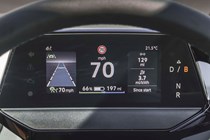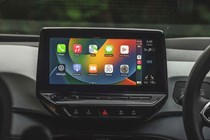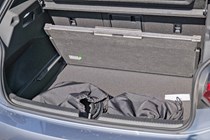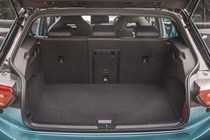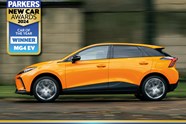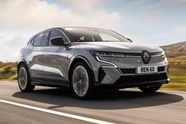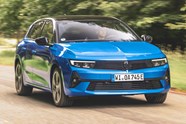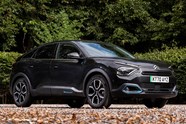
Volkswagen ID.3 review
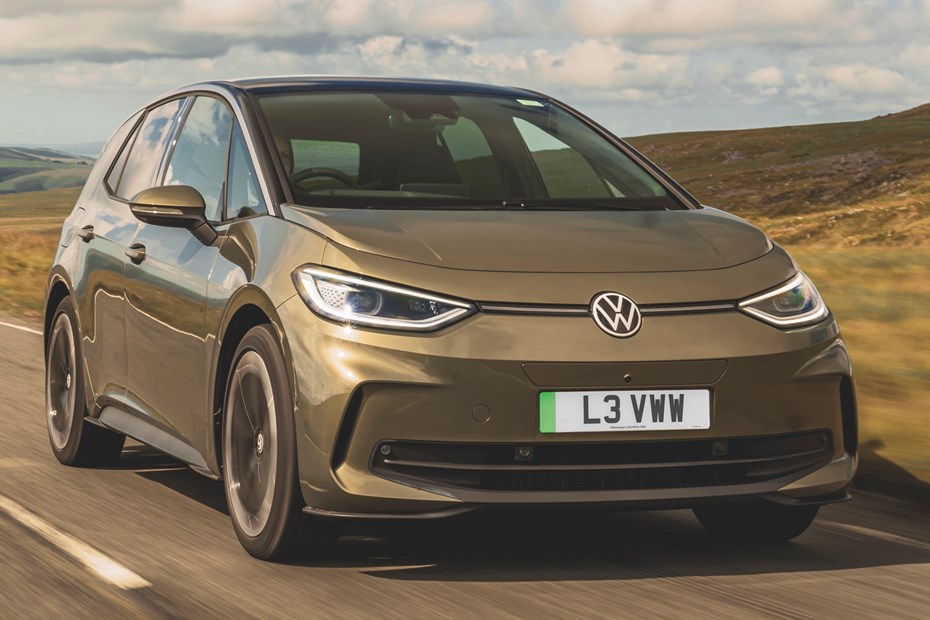
At a glance
| Price new | £35,700 - £49,360 |
|---|---|
| Used prices | £12,846 - £33,027 |
| Road tax cost | £0 |
| Insurance group | 18 - 30 |
Get an insurance quote with

|
|
| Fuel economy | 4.1 - 4.5 miles/kWh |
| Range | 214 - 357 miles |
| Miles per pound | 6.5 - 13.2 |
| View full specs for a specific version | |
Available fuel types
Fully electric
Pros & cons
- Good real-world range
- Impressive performance
- Cabin feels airy and spacious
- Fiddly touch controls
- Big battery models are pricey
- Cupra Born is better and cheaper
Volkswagen ID.3 Hatchback rivals
Overview
The Volkswagen ID.3 was the brand’s first purpose-built electric vehicle which represented a significant step-change in the way the company conceives and produces its cars. How so? Well, Volkswagen produces it in a carbon-neutral factory on a dedicated electric platform – and it’s likening its importance to that of the original Beetle and Golf.
But the rate of progress is rapid in the electric car game. In 2023, just three years into its life cycle, Volkswagen facelifted the ID.3. It was a mild update that brought a remodelled front bumper, fewer exterior decals and a revised bonnet that did away with the unsightly black panel beneath the windscreen. The interior also gained a few more soft-touch plastics and a new 12.4-inch infotainment system, although UK buyer won’t get that until mid-2024.
Volkswagen switched up the ID.3 line-up, too. Now, every car is powered by the same 204hp electric motor, and you have just two battery packs and two trim-levels to choose from. The entry-level Pro model gets a 58kWh battery and a 270-mile range, while the Pro S variant features a 77kWh battery and a maximum range of 356 miles.
Direct rivals for the ID.3 include the Renault Megane E-Tech, Vauxhall Astra Electric and the Parkers award-winning MG 4 EV. It also has competition from within the Volkswagen Group in the shape of the mechanically identical Cupra Born, which is both cheaper and better to drive. There’s also the Skoda Enyaq, which costs only a little more money but offers far more interior space and much greater comfort.
But the ID.3 is undeniably desirable, whether you’re in the market for an electric car and fancy the idea of the Volkswagen badge, or you’re a long-time Volkswagen customer who now thinks the time is right to switch to electric power. The company has judged the facelift well, too, because its quality improvements have made the car more worthy of its badge (and price).
Over the next few pages, we’ll be thoroughly reviewing all aspects of the Volkswagen ID.3 and rating them in our verdict. Our scores will consider the driving experience, how pleasant the interior is, the practicality on offer and what it’ll cost you to run.



